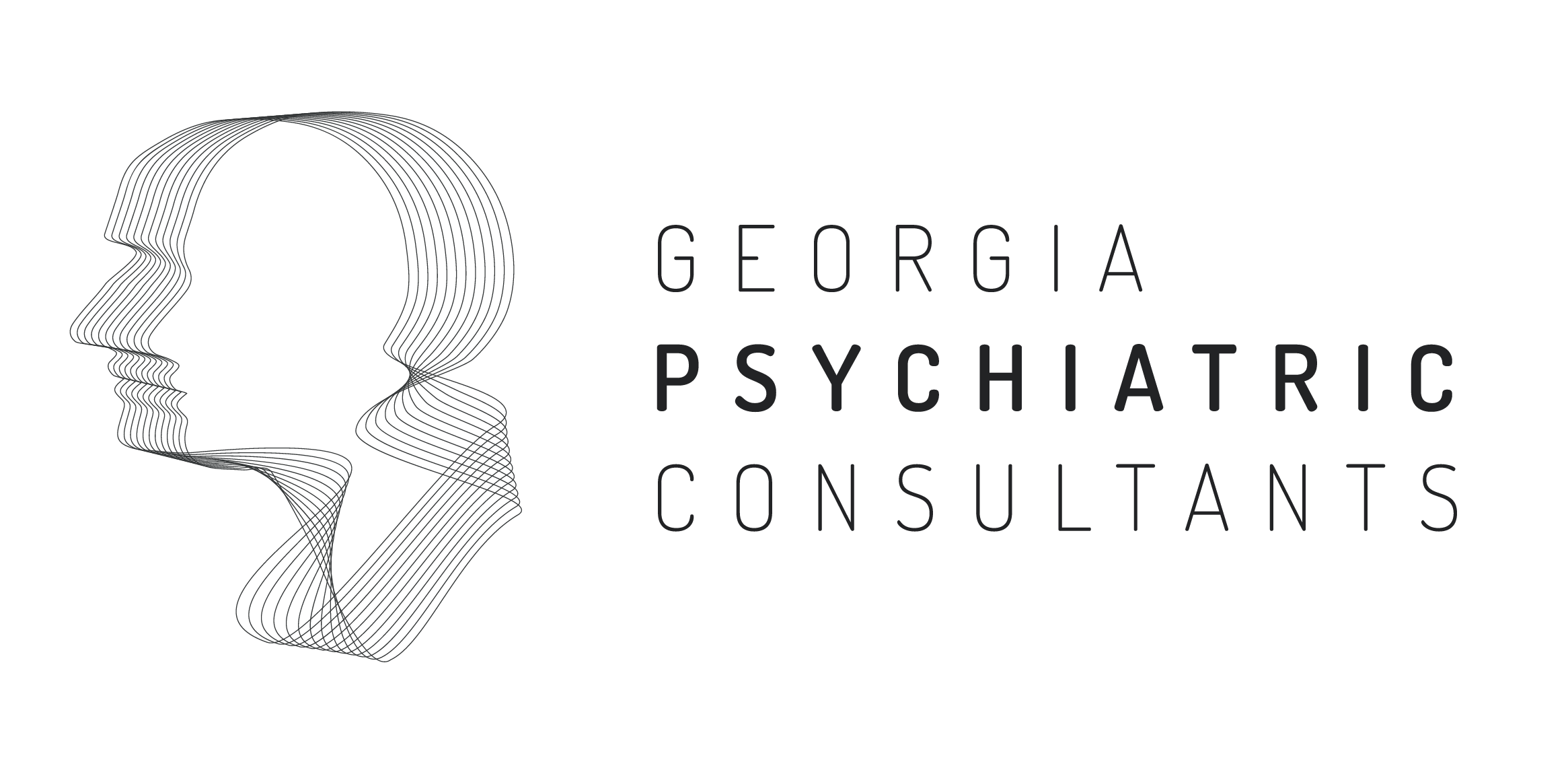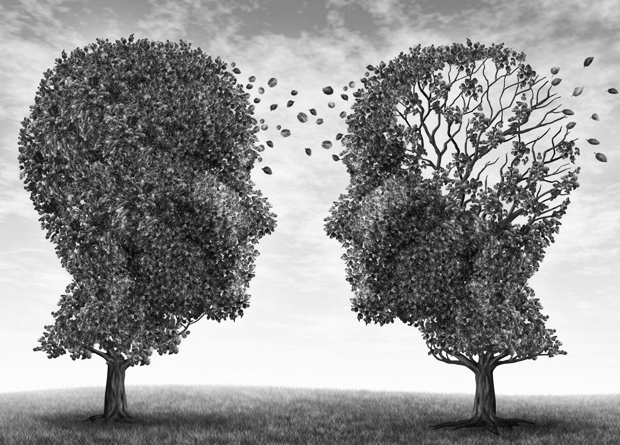
Post-traumatic stress disorder (PTSD) is a type of anxiety disorder. It can occur after you have gone through an extreme emotional trauma that involved the threat of injury or death.
Causes
Health care providers do not know why traumatic events cause PTSD in some people, but not in others. Your genes, emotions, and family setting may all play roles. Past emotional trauma may increase your risk of PTSD after a recent traumatic event.
With PTSD, the body’s response to a stressful event is changed. Normally, after the event, the body recovers. The stress hormones and chemicals the body releases due to the stress go back to normal levels. For some reason in a person with PTSD, the body keeps releasing the stress hormones and chemicals.
PTSD can occur at any age. It can occur after events such as:
- Assault
- Car accidents
- Domestic abuse
- Natural disasters
- Prison stay
- Sexual assault
- Terrorism
- War
Symptoms
There are 4 types of PTSD symptoms:
- Reliving the event, which disturbs day-to-day activity
- Flashback episodes in which the event seems to be happening again and again
- Repeated upsetting memories of the event
- Repeated nightmares of the event
- Strong, uncomfortable reactions to situations that remind you of the event
- Avoidance
- Emotional numbing or feeling as though you do not care about anything
- Feeling detached
- Not able to remember important parts of the event
- Not interested in normal activities
- Showing less of your moods
- Avoiding places, people, or thoughts that remind you of the event
- Feeling like you have no future
- Hyperarousal
- Always scanning your surroundings for signs of danger (hypervigilance)
- Not able to concentrate
- Startling easily
- Feeling irritable or having outbursts of anger
- Trouble falling or staying asleep
- Negative thoughts and mood or feelings
- Constant guilt about the event, including survivor guilt
- Blaming others for the event
- Not being able to recall important parts of the event
- Loss of interest in activities or other people
You may also have symptoms of anxiety, stress, and tension:
- Agitation or excitability
- Dizziness
- Fainting
- Feeling your heart beat in your chest
- Headache
Exams and Tests
Your provider may ask how long you have had symptoms. PTSD is diagnosed when you have had symptoms for at least 30 days.
Your provider may also do a mental health exam, physical exam, and blood tests. These are done to look for other illnesses that are similar to PTSD.
Treatment
Treatment for PTSD involves talk therapy (counseling), medicines, or both.
TALK THERAPY
During talk therapy, you talk with a mental health professional, such as a psychiatrist or therapist, in a calm and accepting setting. They can help you manage your PTSD symptoms. They will also guide you as you work through your feelings about the trauma.
There are many types of talk therapy. One type that is often used for PTSD is called desensitization. During therapy, you are encouraged to remember the traumatic event and express your feelings about it. Over time, memories of the event become less frightening.
During talk therapy, you may also learn ways to relax, especially when you start to have flashbacks.
MEDICINES
Your provider may suggest that you take medicines. They can help ease your depression or anxiety. They can also help you sleep better. Medicines need time to work. DO NOT stop taking them or change the amount (dosage) you take without talking to your provider. Ask your provider about possible side effects and what to do if you experience them.
Support Groups
Support groups, whose members are people who have similar experiences with PTSD, can be helpful. Ask your provider about groups in your area.
Support groups are usually not a good substitute for talk therapy or taking medicine, but can be a helpful addition.
Resources for more information include:
Anxiety and Depression Association of America: www.adaa.org
National Institute of Mental Health: www.nimh.nih.gov/health/topics/post-traumatic-stress-disorder-ptsd/index.shtml
U.S. Department of Veterans Affairs: www.ptsd.va.gov
Outlook (Prognosis)
PTSD can be treated. You can increase the chance of a good outcome:
- See a provider right away if you think you have PTSD.
- Take an active part in your treatment and follow your provider’s instructions.
- Accept support from others.
- Take care of your health. Exercise and eat healthy foods.
- DO NOT drink alcohol or use recreational drugs. These can make your PTSD worse.
When to Contact a Medical Professional
Although traumatic events can cause distress, not all feelings of distress are symptoms of PTSD. Talk about your feelings with friends and relatives. If your symptoms do not improve soon or are making you very upset, contact your provider.
Seek help right away if:
- You feel overwhelmed
- You are thinking of hurting yourself or anyone else
- You are unable to control your behavior
- You have other very upsetting symptoms of PTSD




